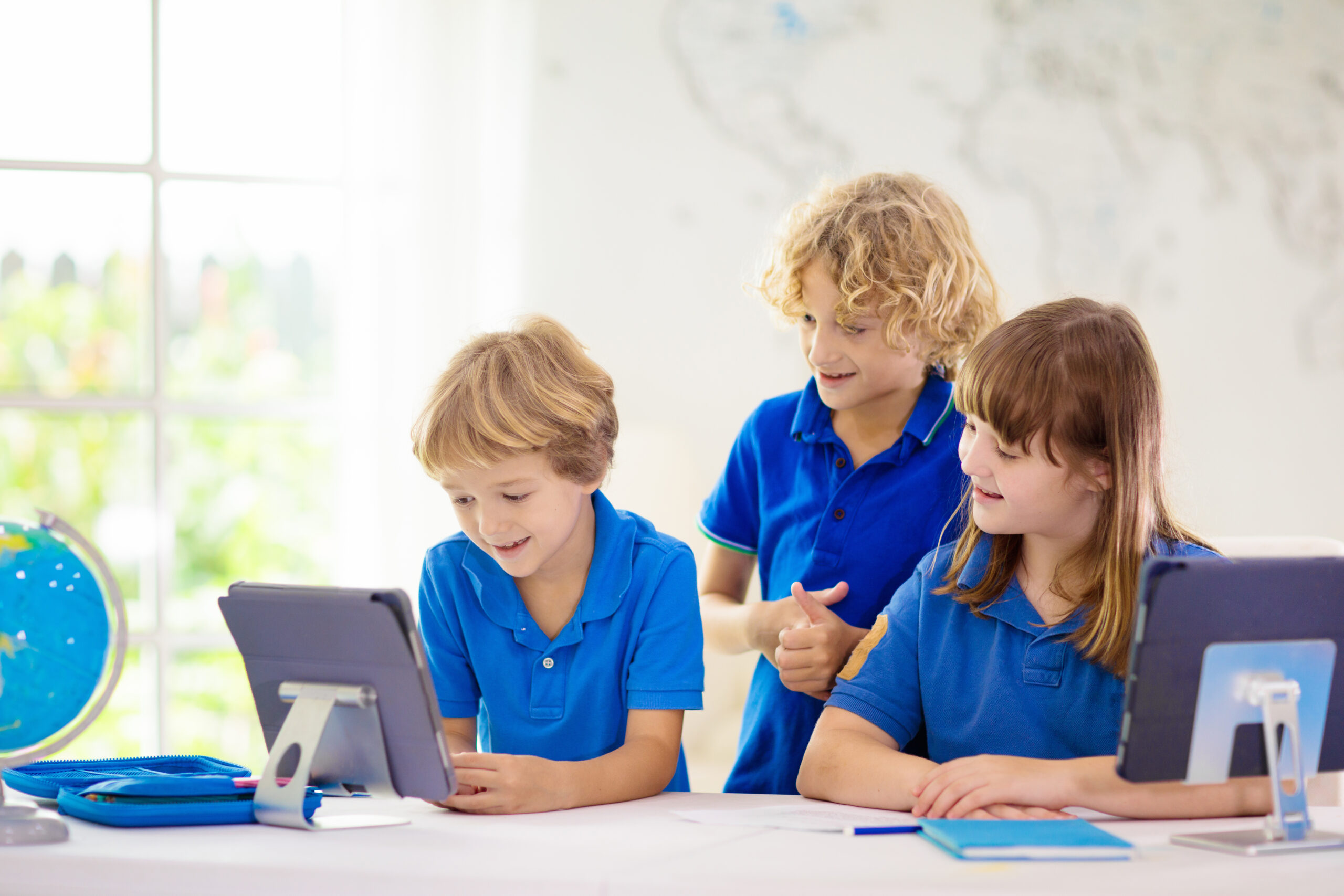
© Adobe Stock, famveldman
<p>Teachers were able to pivot to a digitised curriculum during the pandemic faster when they had had colleagues already using digital software as part of their daily teaching, suggests one finding in the report.</p>
<p><a href="https://explore.zoom.us/en/lp/zoom-ibrs-research-lessons-in-education/" target="_blank">Geared towards ANZ educators, the report was done by advisory firm, Intelligence Research Business Services (IBRS), commissioned by video conferencing juggernaut Zoom. </a></p>
<p>Another lesson posed by an educator in the report was to shift away from innovation for the sake of innovation: rather than encourage teachers to try new things, focus on reviewing existing technologies being used and assessing how they improve learning. </p>
<p>Suggestions for schools to action based on educators&#8217; experiences include shifting some parent-teacher engagements to digital spaces in the long-term, embedding PLD into learning activities with feedback and monitoring rather than rely on additional external webinars, and reviewing current pedagogy design to reduce screentime during digital activities (i.e. by reworking instructional videos and increasing non-virtual collaborative exercises). </p>
<p>Zoom&#8217;s Head of Australia &; New Zealand, Michael Chetner, told <em>School News</em> that accessibility is a key priority for NZ schools, particularly in regional areas, and that video and edtech are aiming to make this &#8220;more attainable&#8221;. </p>
<p>&#8220;Students and teachers are now expecting hybrid experiences and virtual communication to continue being part of their lives. For distance learning, it can be about adjustable video bandwidth, whiteboarding, in-platform games, automated captions, and more.&#8221;</p>
<p>The report found that while every school approached hybrid learning from a different starting point, schools that adopted a digital mindset found that transition easier.</p>
<p>&#8220;And this will be essential for schools moving forward. Having a ‘digital mindset’ isn’t just about bringing technology into the classroom. It means building an integrated digital ecosystem that consolidates systems for students and teachers for greater efficiency.&#8221;</p>
<p>According to the report, professional development for teachers will also play a key role in driving a consistent, engaging hybrid learning experience for students.</p>
<blockquote>
<p>Schools need to consider teachers and administrators working in a hybrid fashion, as well as parents who oversee the education of their children at home.</p>
</blockquote>
<p>&#8220;As such, it’s critical for any technology ecosystem to integrate all components of education in a way that is simple, easy to use and cost-saving.&#8221;</p>
<blockquote>
<p>This should cut across everything from curriculum development and learning management to how students, teachers and parents collaborate.</p>
</blockquote>
<p>He flagged some of the other lessons from educators shared in the report, including:</p>
<p>&#8220;The normalisation of timeshifting education, navigating purposeful screentime, and how to navigate a digital-led approach to pedagogy.&#8221;</p>

NZCER found generative AI tools are frequently used to support teaching and learning in primary…
The Ministry decision to discontinue a reading resource over kupu Māori has angered the sector…
NCEA was designed to broaden educational success, explains David Pomeroy from the University of Canterbury.
More than just a break from the classroom, a visit to a zoo or wildlife…
Without proper maintenance and care, trees can become a hazard. Are your trees in need…
Loneliness and social disconnection negatively impact wellbeing. A new WHO report finds teens feel the…
This website uses cookies.